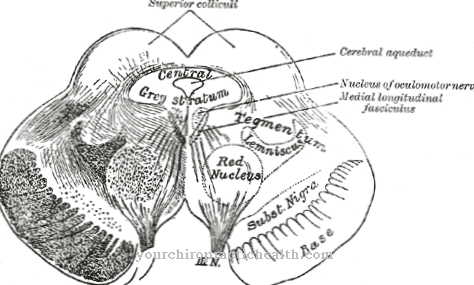In addition to general hearing impairment or painful abnormalities, the most common ear complaints Pus in the ear. This pus can occur not only in adults of all different age groups, but also in babies and toddlers.
What is pus in the ear

Pus develops in the ear when an infection with bacterial pathogens occurs. It is a natural breakdown product that is created by the immunizing forces of the human organism.
In medical jargon one speaks of "pus in the ear", the pus is created by the decomposition of certain tissue structures as well as by leukocytes (white blood cells), which are involved in the immune system.
The process is also known as suppuration or purulent discharge. Pus in the ear can occur in diseases such as otitis media or acute hearing loss, ear pain can be the first sign.
causes
The causes of pus in the ear are very diverse. Possible diseases associated with the formation of pus include inflammation of the ear canal, so-called otitis externa (outer ear infection), otitis media, injuries and possible foreign bodies in the ear.
An inner ear infection and irritation of the skin due to friction, purulent pimples or even abscesses can be the cause of pus in the ear. In general, all inflammatory processes that lead to pus in the ear are caused by bacteria. Fungi and viruses may also be possible pathogens. Furthermore, allergies and metabolic diseases can lead to pus in the ear.
You can find your medication here
➔ Medicines for earache and inflammationDiseases with this symptom
- Mastoiditis
- Eardrum injuries
- Ear canal inflammation
Diagnosis & course
If there is pus in a patient's ear, this is often associated with ear pain, hearing problems, possibly severe itching and so-called ear runny ears (discharge of secretion from the ear).
Pus in the ear is often a sign of inflammation or infection. Typical symptoms include swelling, redness and warming of the ears. A specific diagnosis is always important for the course. So it is necessary to drain the pus from the ear to alleviate the discomfort.
Pus in the ear is not necessarily recognizable from the outside, so a specific examination is of particular importance. The ear, nose and throat doctor will use special instruments to make the diagnosis. An ear mirror is used to examine and examine the ear canal.
As a result, the ear cartilage is also scanned. If pain occurs, purulent or bloody coatings are present or hearing is impaired, this usually indicates pus in the ear. Other clues for pus in the ear are itching and severe redness.
Complications
If the pus cannot drain into the nasopharynx, increasing pressure builds up behind the eardrum. If this pressure becomes too strong, the eardrum can be perforated and torn. The purulent secretion that runs out can be mixed with blood and smell bad.
After a purulent otitis media, there is a risk of mastoiditis. This is an inflammation of the cavities. The bony mastoid process of the temporal bone is affected. Treatment usually ends with the prescription of antibiotics and almost always an operation. Mastoiditis is one of the most common complications of ear pus and requires immediate treatment.
In the case of a purulent otitis media, there is also the risk that it will spread to the meninges. The risk of meningitis (meningitis) should not be underestimated. Brain abscesses due to pus deposits or paralysis of the facial nerves are also possible.
If so-called toxins (poisons) are formed, a labyrinthitis (inflammation of the inner ear labyrint) is possible. Inner ear hearing loss and noises as well as balance disorders and dizziness occur.
The skin of the eardrum can be damaged by improper or neglected treatment if there is pus in the ear and it can scar. Pitted to bony adhesions can form on the ossicles in the middle ear. Permanent hearing impairment is the result. In this context, medical experts speak of a cholesteatoma.
When should you go to the doctor?
Pus in the ear is often a sign of otitis media, but it can also have other causes. The secretion of pus forms when there is inflammation. Nobody here should try to use home remedies for pus in the ear. Pus in the ear is always a reason to see an ear, nose and throat doctor immediately. For children, of course, the pediatrician is also a suitable contact person.
Purulent diseases can be dangerous for the body. They are particularly dangerous in regions on the head. Often, pus in the ear is related to inflammatory processes in the middle and inner ear. Abscesses and boils are other triggers of pus in the ear. Foreign bodies in the ear can also lead to ear infections with purulent discharge. Ear infections are usually associated with severe earache or headache. The level of suffering is enormous, so that those affected usually do not have to be persuaded to see a doctor for long.
However, it can happen that the eardrum ruptures due to a build-up of secretion. Then the pus can drain in the ear and the pain subsides. Some believe that the worst is over and that a doctor's visit is no longer necessary. However, this is a fatal error. A simple motto can be made: Always go to the doctor if there is pus in your ear! Pus in the ear always means a risk of permanent hearing damage.
Doctors & therapists in your area
Treatment & Therapy
To treat the pus in the ear, different treatment options may be considered depending on the cause. If the ear canal is inflamed, the pus is often removed from the ear by means of a surgical procedure.
In the case of an otitis media, the elimination of the pus is much easier, because drainage is already possible here if a small tube is inserted into the ear. This form of treatment fulfills two functions: the pus can continuously drain from the ear and the process of healing is promoted by better ventilation of the middle ear.
Antibiotics are also administered by the doctor. Anti-inflammatory drugs and ointments containing cortisone can also provide relief. If the pus in the ear turns into boils that have become trapped due to improper cleaning, surgical removal of the pus and boils is usually done. In most cases, opening the boil is sufficient, which allows the pus to drain out of the ear.
If allergies are the trigger for pus in the ear, it is important to treat the allergy accordingly first. In addition to taking regular medication, desensitization can also be useful, because a regularly recurring allergy can lead to pus in the ear.
Outlook & forecast
Pus in the ear is a clear sign of inflammation in the inner ear. Such inflammation should definitely be watched closely, because in the worst case scenario blood poisoning can occur.
The formation of pus should be stopped immediately. Cleanliness comes first, so the inner ear has to be cleaned thoroughly several times a day. To do this, simply rinse the auricle with lukewarm water. This will prevent dangerous bacteria from building up and should reduce the pus build-up.
However, if you can still see a clear formation of pus after three to four days, you have to resort to taking antibiotics. This is the only way to prevent the inflammation from getting worse. If the use of said medication does not bring about any improvement, the advice of a doctor should be sought. In such a case, the cause of the inflammation must be determined in order to achieve permanent improvement.
The general rule is: Anyone who discovers pus formation in the ear must continue to observe this clinical picture and treat it if necessary. Anti-inflammatory drugs stop the formation of pus and promote the healing process immensely.
You can find your medication here
➔ Medicines for earache and inflammationprevention
Pus in the ear can usually be avoided if a few simple preventive rules are followed. It is especially important for small children that they are not in a draft and that they wear a hat in both summer and winter. When cleaning the ears, care must be taken that pus does not get into the ear canal and inner ear area through injuries or the pushing back of wax. Gentle cleaning is of particular importance here.
If there are problems cleaning the ears, a doctor can do the same. This can prevent pus from building up in the ear. If you are unsure about ear cleaning, you should only clean the outer ear if possible. It is important that no foreign bodies get into the ears of both small children and adults.
You can do that yourself
Pus in the ear usually indicates inflammation of the inner ear. When people suffer from such inflammation, various measures can be taken. Since it is an inflammation of the inner ear, the ear in question should always be kept clean and pure. Otherwise there is a risk of the inflammation worsening significantly.
Chamomile can be used to dab the affected ear for relief. Chamomile contains anti-inflammatory substances that can bring about a rapid improvement in inflammation. If pus continues to develop after three to four days, those affected should see a doctor immediately and discuss taking antibiotics. Antibiotics contain the inflammation and prevent further pus formation.
As a general rule, if pus emerges from the ear, this inflammation should be observed very closely. Always keep the affected area clean and rinse the ear with clear water several times a day. This keeps the inflamed area clean and prevents pus from developing.


.jpg)


.jpg)


.jpg)

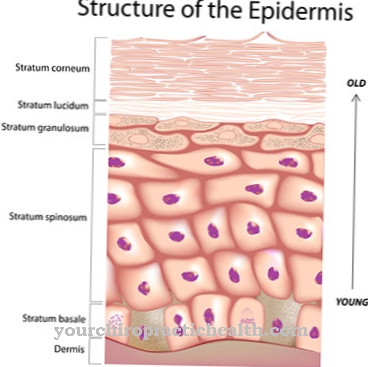

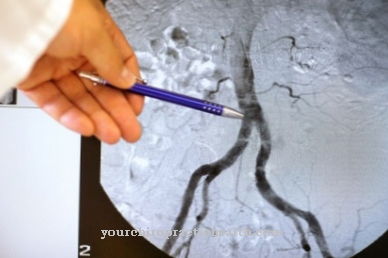




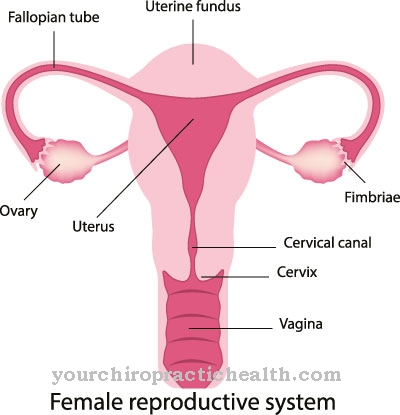





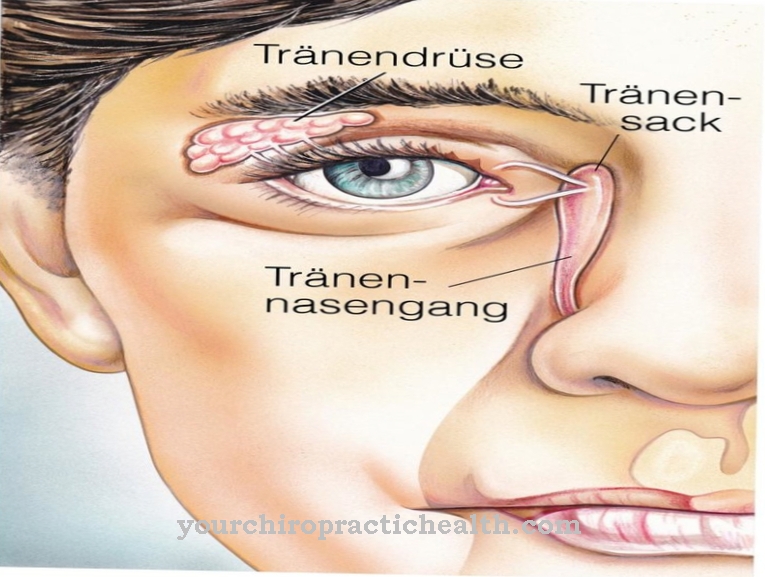
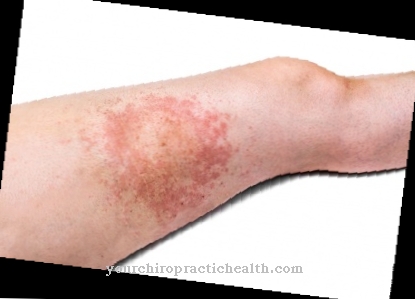


.jpg)
